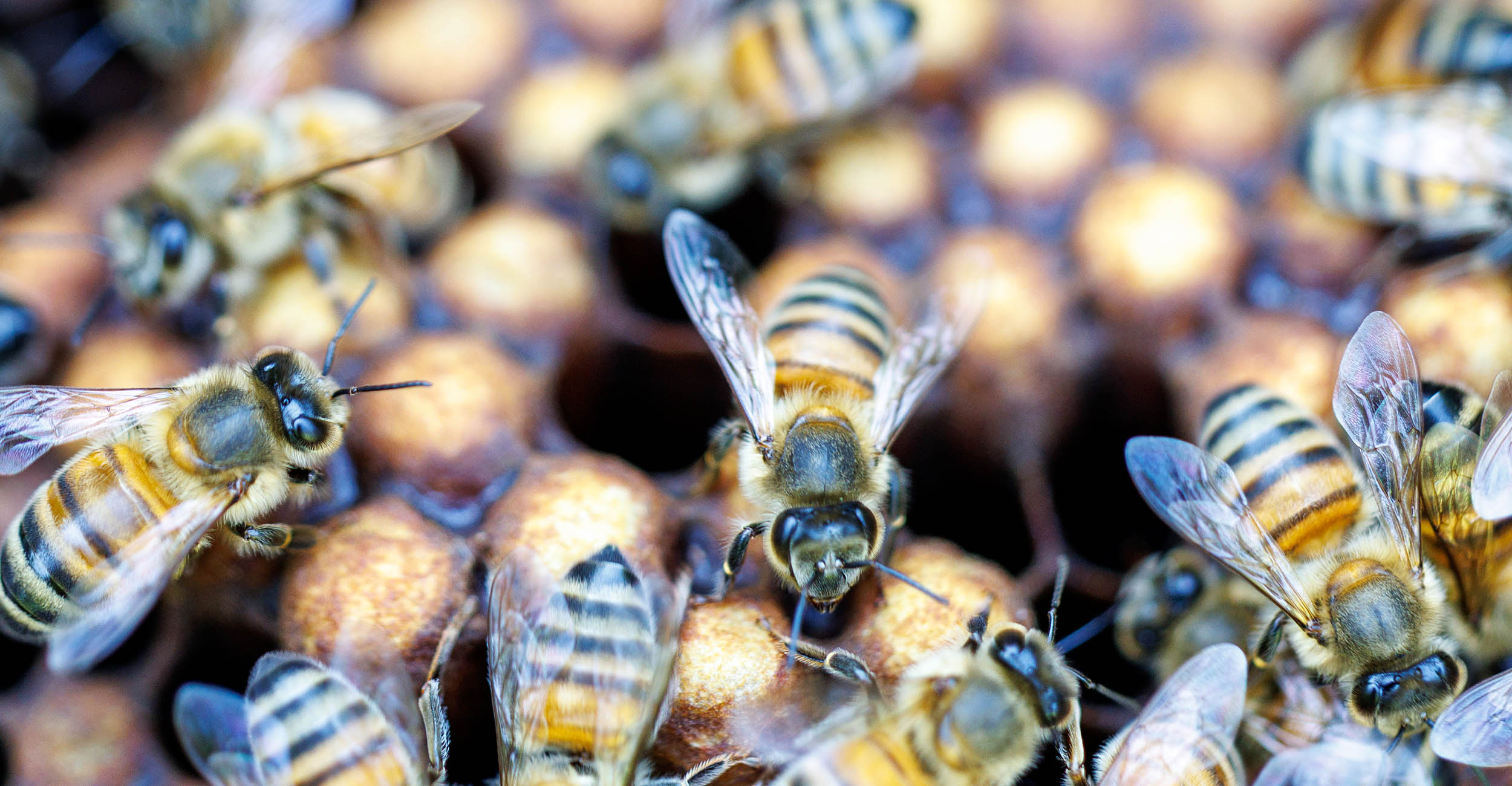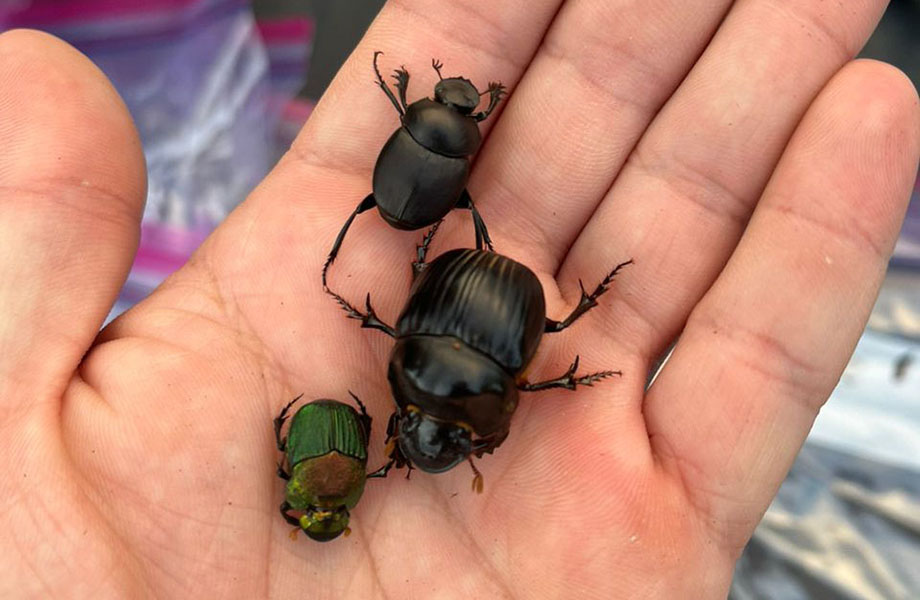
OSU research studies superheroes of the insect world
Monday, June 16, 2025
Media Contact: Jami Mattox | Digital Manager | 405-744-1884 | jami.mattox@okstate.edu
An alarming 2019 scientific study published in the science journal Biological Conservation found that 40% of insect species are at risk of extinction.
Six years later, Dr. Wyatt Hoback, a professor in the Oklahoma State University Department of Entomology and Plant Pathology, said the problem is only getting worse.
“Insects are one of our deadliest foes, but they are the base of the food chain,” he said. “Without insects, we don’t have freshwater fish, birds, bats, amphibians or small mammals.”
In another study published in the scientific journal PLoS ONE in 2017, traps placed in 63 nature protection areas in Germany over 27 years showed a 76% seasonal decline in flying insects.
Hoback said insects kill about 700,000 humans a year, with mosquito bites killing three humans every minute worldwide. Insects also eat about one-third of the world’s food production as pests of grains and field crops.
Powerful insecticides are the current solution to fighting deadly and destructive insects, but the chemicals also eliminate beneficial species like honeybees and dung beetles — those that Hoback calls the “heroes of the insect world.”
“Insecticide use has increased and doesn’t distinguish between dung beetles or monarch butterflies,” he said.
Honeybees are also at extreme risk. Hoback said 2025 has been the worst year for beekeepers, with more than 70% of colonies lost.
“It’s worse than the original colony collapse of 2005,” he said. “Between insecticides, climate issues and diseases spreading when managed hives are moved to crops for pollination, it’s a worldwide issue.”
Hoback teamed up with doctoral student Lauren Osborn in the OSU Department of English to develop and co-teach the honors course "Insect Apocalypse," exploring how science literacy and fiction are closely linked.
Science fiction about insects and other creatures is a thrilling storyline, but disappearing insect populations are scarier in real life. Hoback said that when specialist pollinators go extinct, the plant associated with the insect is also lost forever.
The dung beetle is an example of an advantageous insect whose population has declined in the past few decades. Their superpower inspires doctoral student Rodrigo Soares to research how dung beetles help reduce horn fly populations in cattle. The dung species includes three behavioral groups: rollers that roll cattle manure into balls and bury it in the ground, tunnelers that only bury the balls in the ground, and dwellers that live inside the dung pile. Soares said research shows cattle won’t graze near manure, so if beetles remove it, the insects are helping improve a pasture’s grazing capacity.

Dung beetles also remove water from dung, which prevents horn fly eggs from hatching in the manure.
“They are very beneficial for the environment. Ranchers want them around,” Soares said. “When they are gone, piles of dung don’t decompose very quickly. We need dung beetles to reduce flies, but what we use to kill the flies also kills the beetles.”
Black Angus cattle producer Monte Tucker in Sweetwater, Oklahoma, said he’s noticed dung beetles hard at work in his pastures, and he makes a conscious effort to provide an environment where they can thrive.
“I see them more in my cow pastures than anywhere. We don’t use any sprays or chemicals to kill insects, and we don’t grow crops sensitive to insects like cotton, so I bet they’re out there,” he said.
The manure of cattle treated with Ivermectin, a medication for worms, lice and mites, contains remnants of the drug. When dung beetles attempt to decompose the Ivermectin-laced dung, Soares explained the medication decreases beetle mortality, reducing beetle size, mobility and reproduction rates.
“If we can grow a healthy dung beetle community, then we have less flies and less need for chemical fly control, which results in more profit for farmers,” Soares said.
Hoback said other students in the entomology and plant pathology department are studying similar declines in butterflies, grasshoppers and burying beetles — insects needed for biological sustainability and ecological conservation.
“If we can get information to the public and help people understand insects, we can determine what changes we need to make as a society and have a greater impact on saving them,” he said.
